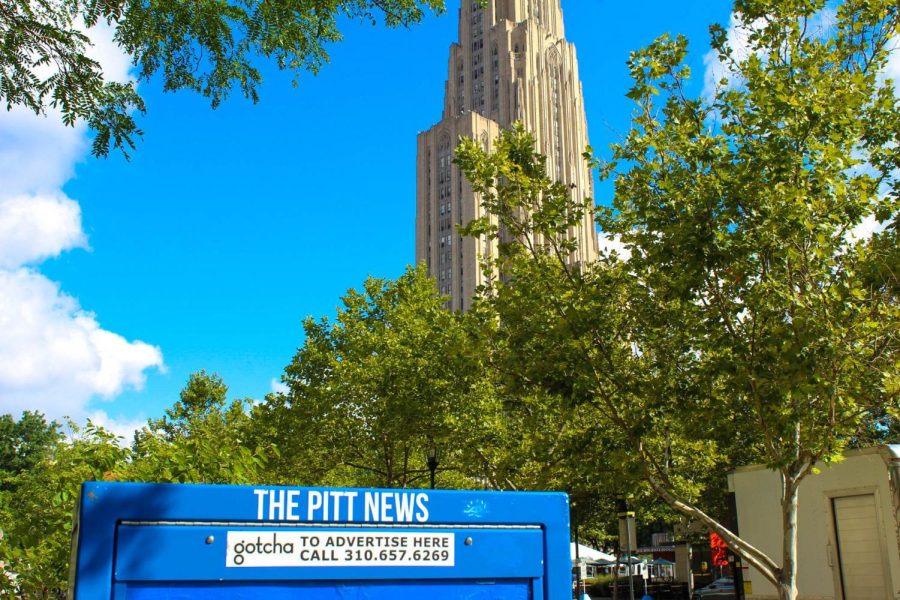What is so just about the doctrine of academic freedom?
March 5, 2014
As a country, the United States holds its allies close and its First Amendment rights closer. Just as freedom of speech is cherished in the public sphere, academic freedom is held dear by those in academia.
Academic freedom is more or less the idea that academics should be able to research and publish material without censorship based on the content of their studies. The American Association of University Professors fleshes this out in its Statement of Principles on Academic Freedom and Tenure, first released in 1940, which was the de facto statement on what composes the concept.
Two weeks ago, a piece published in The Harvard Crimson challenged this as a standard for academic work and suggested that we replace this with what the author called academic justice: “When an academic community observes research promoting or justifying oppression, it should ensure that this research does not continue.”
As with analogous suggestions to curtail freedom of speech in particular situations, this piece has received criticism, mostly from the politically right. The arguments advanced by critics are similar, decrying the standards underlying academic freedom as subjective, “value-based” rules constructed in a nebulous fashion.
While this is certainly valid criticism, these points are part of the standard canon of libertarian critiques. By sticking to their ideological guns, detractors have missed the gaping holes in the argumentation backing academic justice.
First, upon closer inspection, it appears that academic justice is actually compatible with academic freedom. This is because to argue against the doctrine of academic freedom, the author sets up a straw man to criticize and replace it rather than grappling with the full concept.
The Crimson piece cites that the AAUP’s statement defines academic freedom as the notion that “teachers are entitled to full freedom in research and in the publication of the results.” However, the document itself defines academic freedom as the collection of three tenets, and the Crimson article cites only one.
It is really the third tenet with which academic justice conflicts, particularly when it states, “When [teachers] speak or write as citizens, they should be free from institutional censorship or discipline.” This clearly contradicts the example of “appropriate and commendable” action cited by the author, in which a Harvard summer school instructor was unable to teach at the university because of a community reaction to hateful comments he had published.
Nevertheless, farther down in the AAUP’s document, the body writes that it is acceptable for universities to take action against educators if they violate certain principles, including showing “respect for the opinions of others.” Clearly, instances of hate speech seemingly step over this line.
Thus, at the point at which the doctrine of academic freedom includes a list of acceptable circumstances to take action against academics who have stepped out of line, academic justice becomes an interpretation or proposed change to a tenet of the former, not a framework intended to replace it.
Second, most of the examples — all excluding the American Studies Association boycott of Israeli universities, a highly controversial issue — given by the author of academic justice being delivered by the community fit her definition of the concept very poorly.
In sum, two are presented: the expulsion of the Harvard summer school instructor discussed earlier and the Harvard-Radcliffe Students for a Democratic Society’s protests of Richard Herrnstein’s psychology lectures at Harvard in response to his public support of the thesis that intelligence is genetically determined and thus, varies from race to race.
There are a couple of things to note about these examples. The first is that they were largely unsuccessful. In the case of Herrnstein, not only did the university decline to take action against him, but he was able to write and release a New York Times best-selling (and highly controversial) book “The Bell Curve” with political scientist Charles Murray, which brought his thoughts on the matter to the forefront of public discussion.
Even in the other example, in which Subramanian Swamy was not invited back to lecture at Harvard, he is still a prominent figure in Indian politics. The question is, why have attempts to enact academic justice repeatedly failed? The answer is simple: Criticism has never originated from within the academic community.
In her definition of academic justice, the author of the Crimson article writes that the academic community must act to counter oppressive research, but the majority of her examples showcase student action. While students might be physically present where most academic work takes place, they are not part of the abstract academic community, as they are not yet experienced enough in their field to contribute meaningfully.
Thus, it seems that academic justice not only fails to contradict the current doctrine of academic freedom, but its action as imagined by the Crimson is also ineffectual. The idea is not without promise, but it certainly needs to be reworked to be taken seriously.
Write Thomas at [email protected].







